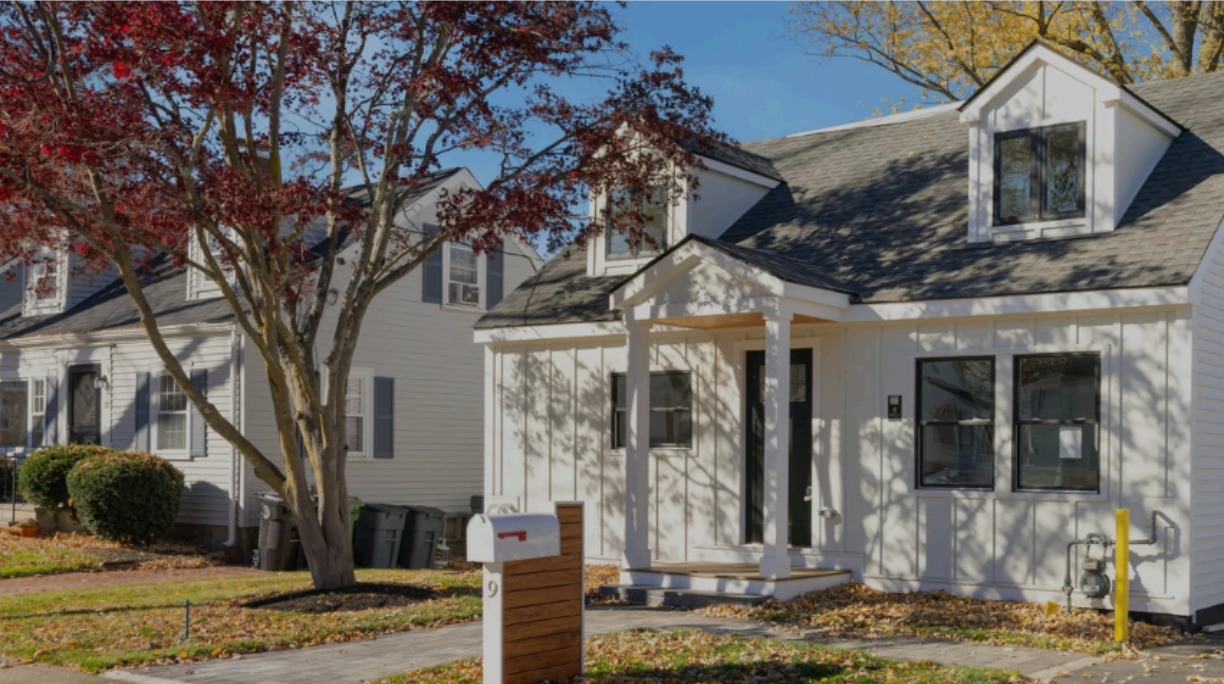Canadian Federal Fall Economic Statement 2020
Canada’s Federal Finance Minister provided a first multi-year peek at the impact of the pandemic on the Canadian economy and its finances in her Fall Economic Statement 2020. The deficit is set to soar to $381 bn (17.5% of GDP) in FY21—an increase of about $40 bn since July estimates. At the same time, the government acknowledges it could be as high as $400 bn under alternative scenarios of extended and/or escalating COVID-19 cases.
The blow to government revenues contributes to a quarter of the shortfall, while COVID-19 spending will add another $275 bn of deficit financing this year. The bulk of increases in pandemic spending had already been announced—but not costed—prior to the update, whereas new announcements reflect about $25 bn. This includes a $17 bn top-up to the wage subsidy program to bring its coverage back up to 75% for the remainder of the fiscal year.
Debt as a share of the economy is expected to swell to 50% this year, peaking close to 53% in 2021 and declining thereafter. But this is only a baseline that does not incorporate a new “stimulus” package of up to $100 bn promised over the next three years that would see debt soar to around 58% of GDP by 2024 under various scenarios.
The new stimulus package will be designed in the coming months with an intent to “jumpstart” the recovery. Its withdrawal would not be time-based, rather contingent on closing the output gap, loosely defined in terms of employment metrics. These so-called “guardrails” will guide fiscal policy until the economy has recovered and the government will then “return to a prudent and responsible fiscal path”.
Markets are likely to temporarily adjust to the implied bump in expected federal borrowing requirements (although an abundance of scenarios leaves this open to a wide range of interpretations), but this will be digested in an environment where global drivers are largely shaping bond market dynamics.





